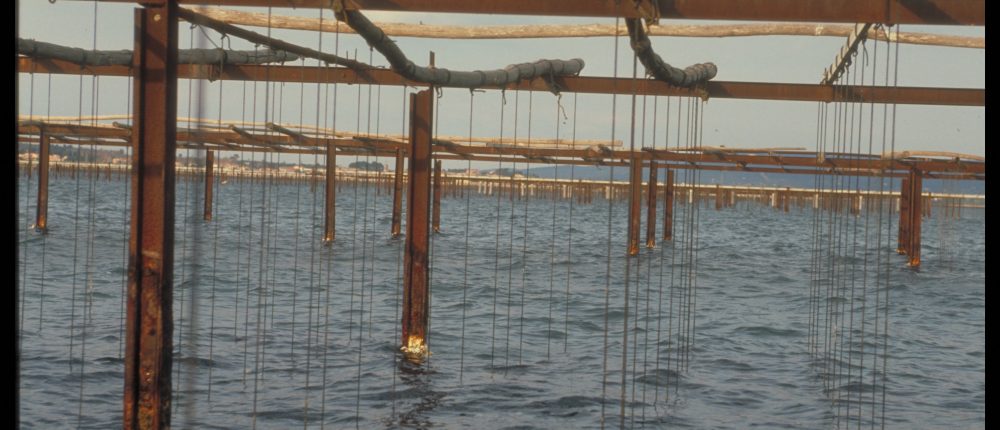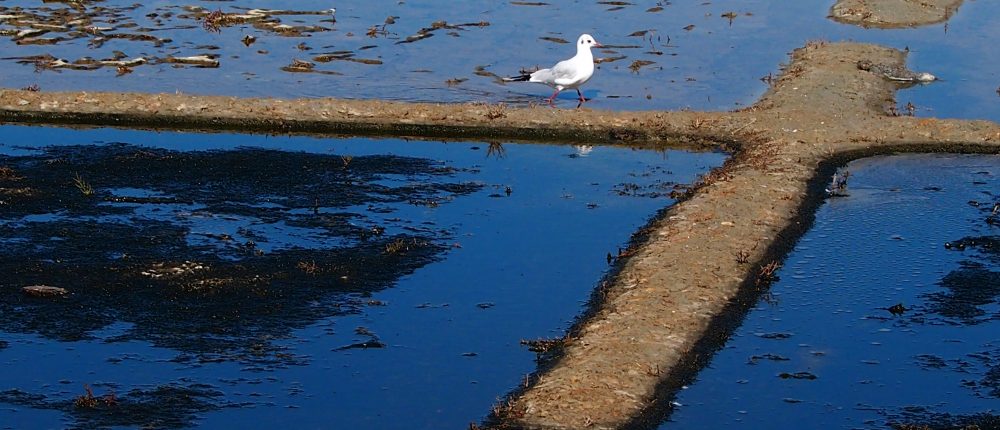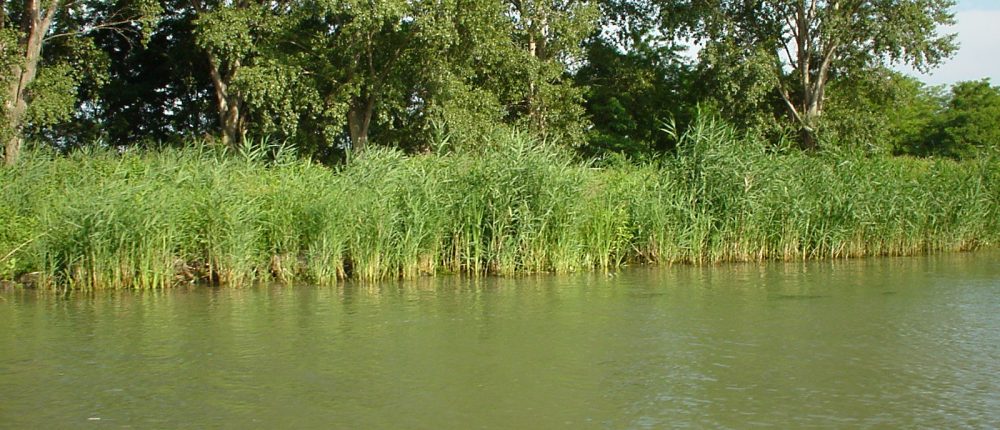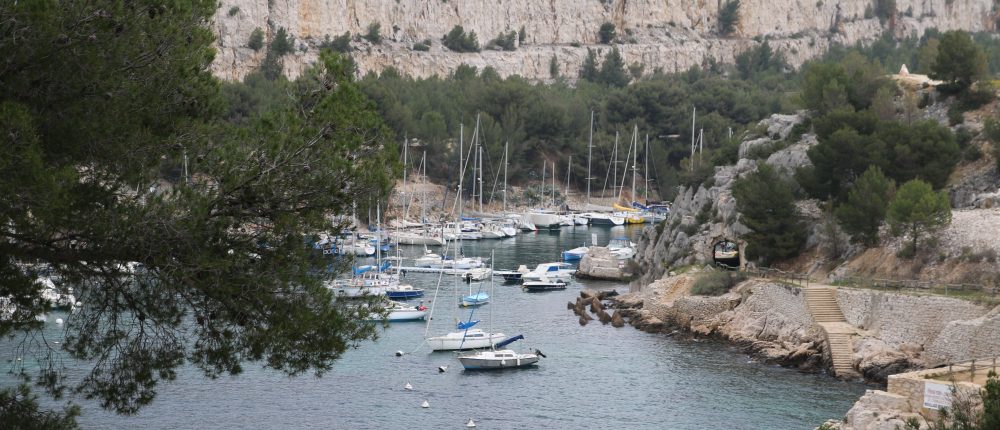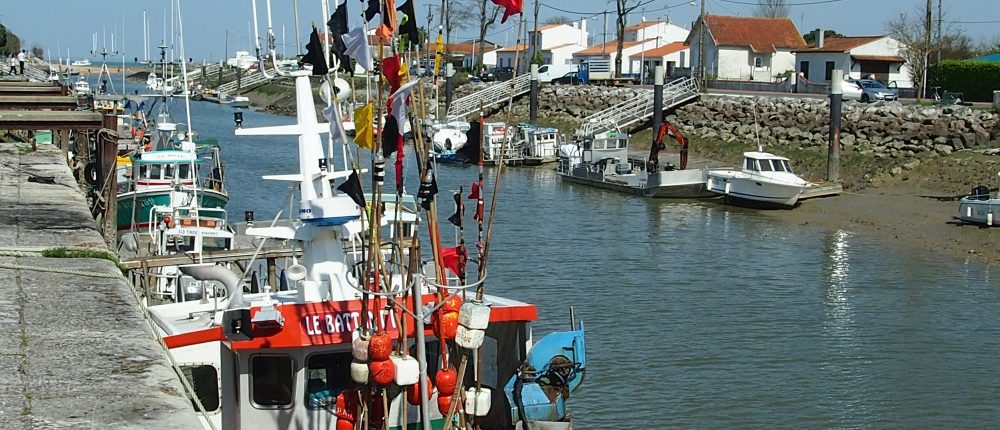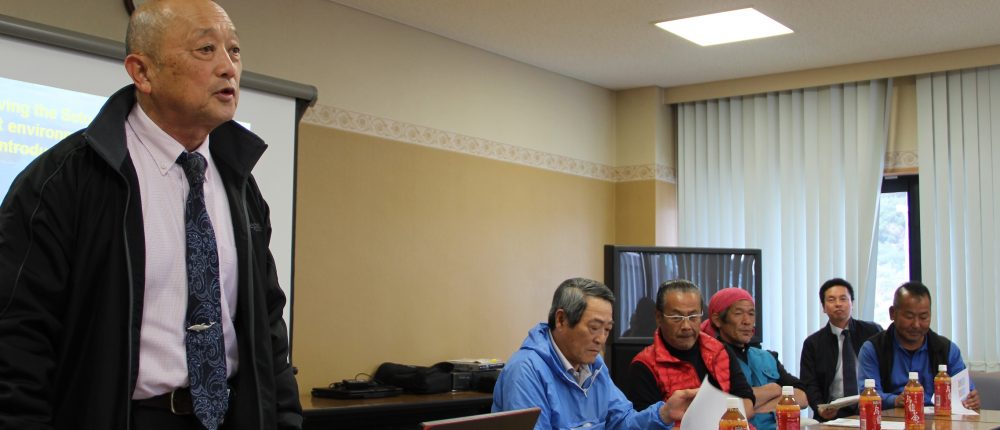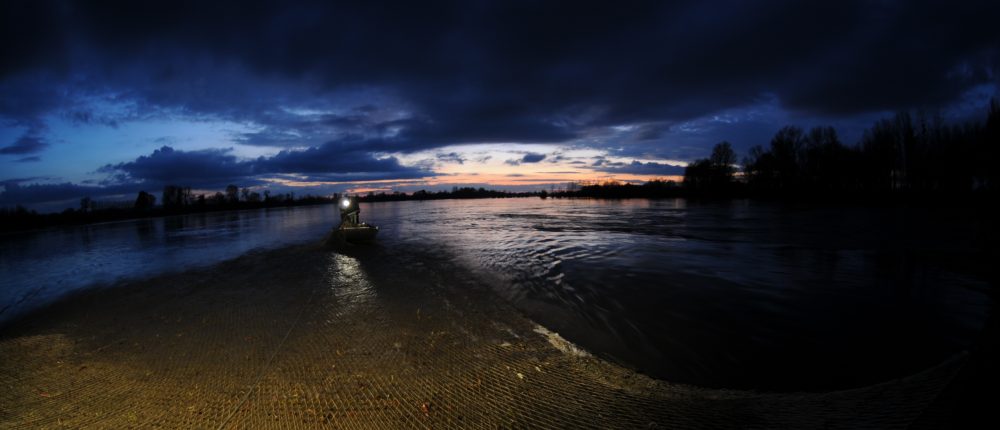Keywords:
- Integrated and multi-stakeholder approaches at different scales.
- Projects combining nature and culture
- Projetcs of participatory science.
Terms of reference: The development of integrated approaches and large-scale habitat restoration programs that integrate all stakeholders is a long-standing concept in Japan, based on local development. This is evidenced by the concept of “Sato-Umi” (sea and man in harmony), itself derived from the much older “Sato-Yama” (mountain and man in harmony). These two concepts evoke a very strong link between nature and culture on which the sustainable exploitation of an environment that is the fundamental base of food supply but also cultural heritage. In Europe, and particularly in France, there are still a number of similar traditional practices, particularly in the field of small-scale fisheries.This session will allow to develop a number of outstanding examples existing in France and Japan, but not limited to, around the coastal ecosystems management with an ecosystemic or patrimonial approach.
ARA France- Glas-eel restocking in France
E. Feunteun – Marine snow food web
N. Omori – Present situation from eel aquaculture to process in Japan
B. Wendling – French bluefin tuna in Mediterranean Sea
F. Poisson- SELPAL/REPAST projects
H. Yamauchi – Kesennuma Bay: Nature and Culture
C. Bret – Kesennuma Bay/ Arcachon Basin
